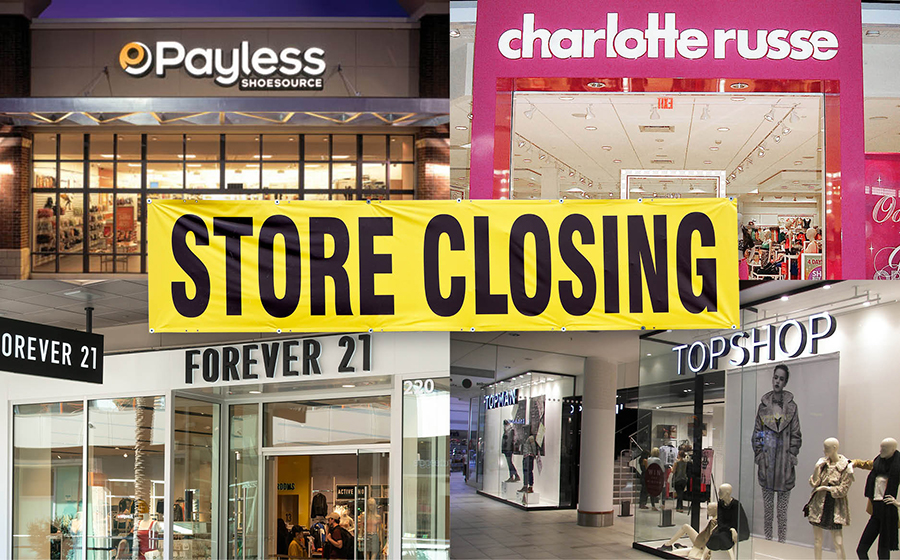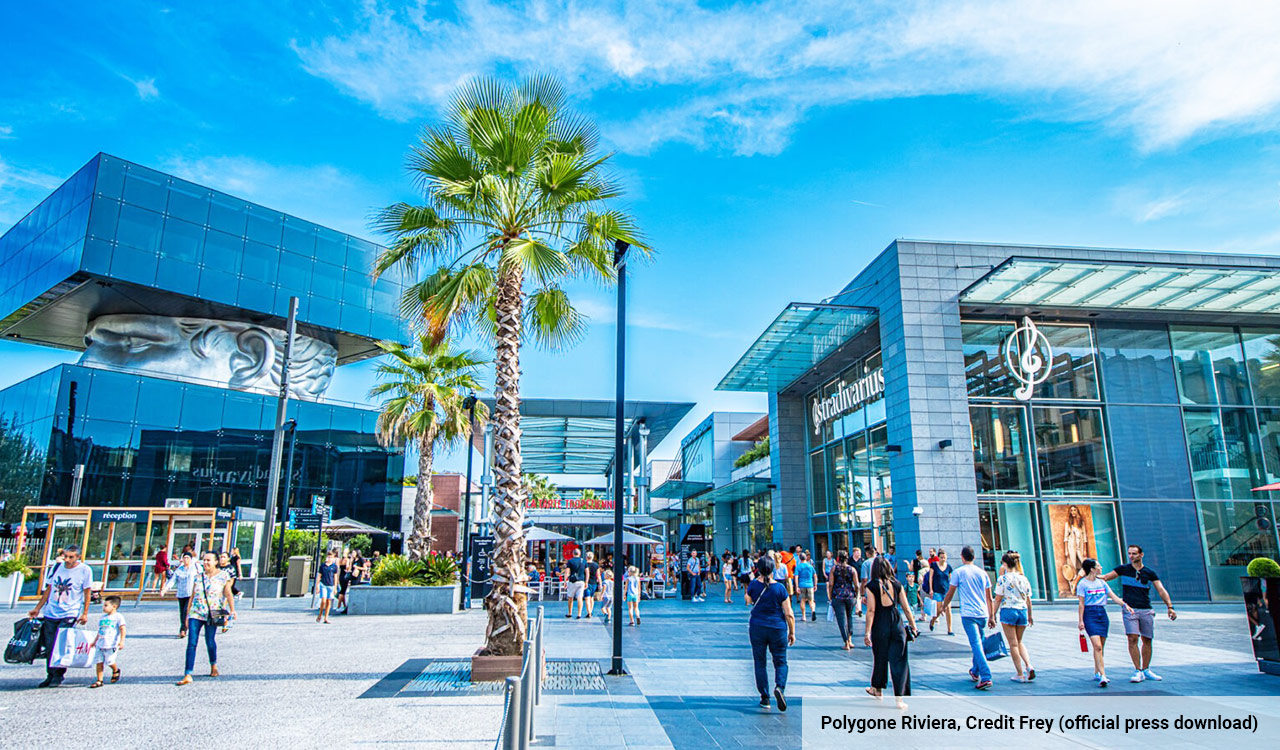This isn\’t another article prattling on about the so-called \”retail apocalypse.\” Instead, we are going to take a look at what the retailers that are closing up shop have in common, as well as what they could have done differently if they wanted to stick around. Retailers that are going bankrupt or shuttering stores this year may not appear to have many similarities at first glance. But many struggling retailers that appear to be on opposite sides of the spectrum–such as Topshop and Kmart–have far more in common than meets the eye. Apparel companies with a high cost-per-wear, for instance, are bound to fail since consumers again evaluate potential purchases by how many uses they will get out of the products (instead of just the prices on the tag).
A return to cost-per-per wear brand assessments signifies the beginning of the end for undifferentiated mass merchants. Recent bankruptcies such as Payless and Charlotte Russe are evidence of the fact that competing based on price alone doesn\’t work in the post-Amazon era. And fast fashion or discount retailers with nothing to set them apart will continue to fail in the face of retailers that are firing on all cylinders. This is the retail Hunger Games, after all. The strongest retailers will rise to the top, while the rest will end up dead or mutilated. May the odds be ever in their favor.
It\’s Easy to See Which Online Retailers Don\’t Measure Up
It is easy for customers to compare retailers\’ online offerings. Showrooming and webrooming are par for the course, and 82 percent of smartphone users consult their phones on purchases they are about to make in-store. Customers prioritize earning the ability to brag about how they made the savviest purchase for the money over flaunting their wealth. In this arena, retailers that don\’t use price optimization software to ensure that they always come up cheaper than the competition in customer searches need to compete in other ways, such as by offering free shipping or a broader inventory selection. But price isn\’t the only factor to consider: 9 out of 10 customers say that free shipping is the #1 thing they consider when buying online. And Topshop failed to tweak their business model to go beyond price point alone and was slowly edged out by their biggest online competitor.
Topshop\’s parent company, The Arcadia Group, began moving towards bankruptcy when Topshop\’s main competitor, ASOS, began noticeably outperforming the retailer. Why would customers go to Topshop when ASOS stocked more sizes and more brand names, delivered products more quickly, and had a lower free shipping minimum than Topshop? Even though, in some cases, Topshop\’s prices were slightly lower than ASOS on the same items, ASOS\’s low shipping minimum quickly canceled out any negligible discount. Any customer that logged onto both websites could see that Topshop wasn\’t keeping up with ASOS and other online competitors, and it wasn\’t long before Topshop\’s leadership announced that they\’d be closing down all U.S. locations. CNN reports, \”Like other brick-and-mortar retailers, the company blamed heated online competition and shifting shopping habits for its woes.\”
But customers have always looked for the best deal, technology has just helped them bargain hunt more quickly and more accurately. And these days shipping speeds and minimums are even more important than the prices of the products themselves.
Brands Without a Purpose are Cancelled
Customers are evaluating brands by new criteria. Remember the old adage \”sex sells?\” Well, that\’s no longer true. Just take a look at Victoria\’s Secret\’s sales slump and recent store closings (53 stores are set to close this year), as well as the rise of real beauty-focused lingerie lines like Aerie by American Eagle and Rihanna\’s buzzing Fenty brand. Size inclusivity is a must, since an increasing number of female shoppers realize that they vote with their dollar and, as such, are only interested in shopping from brands with models that look like regular people, from campaigns that promote real beauty.
And a brand being prestigious, or preppy isn\’t enough to sustain it–just take a look at Gap/Old Navy and J.Crew/Madewell. Gap hasn\’t been able to translate consumers nostalgia for 90s era goods into sales and Gap stores are closing, as Old Navy goes solo and plans to open 800 new stores. Similarly, J.Crew\’s customers are jumping ship to the tune of complaints about the declining quality (but stagnant prices) of goods. J.Crew is shuttering stores as its subsidiary, Madewell, becomes a millennial wardrobe staple by selling high quality, Fair Trade goods at mid-tier price points and featuring young creatives in its \”Hometown Heroes\” campaigns. It appears that \”preppy\” is no longer a valid value proposition for modern consumers and brands need something different to justify their existence–whether it\’s quirky ads and clothes for the whole family, or high-quality artistic goods (in a market that\’s oversaturated with low-quality off-price).
In Some Cases, Closing Stores Is a Strategy
Many retailers are combatting news of physical store closings by saying that it is a strategy to eliminate unnecessary square footage while conserving resources. However, some retailers making this claim are being honest, while some are simply closing stores as a way to postpone bankruptcy. Leadership at Forever 21, for instance, swears that closing a third of their stores and entering bankruptcy protection is a \”deliberate and decisive step\” to ensure the chain\’s future, while anyone who looks twice at the brand can see that it\’s just about ready to be put out to pasture. Abercrombie & Fitch is another retailer that\’s tough to believe when they say that closing stores is a part of their new \”strategy.\” But this statement has a bit more gravitas when Kohl\’s and cool kid Target say they\’re shuttering department stores to focus on opening smaller format concepts.
The bottom line: The recipe for retail success has changed. By targeting an underserved niche and remaining agile, many a subsidiary has outpaced their parent company and eventually gone solo. In this new retail landscape, it\’s more important than ever for a brand to stand for something that aligns its messaging with its target consumer. It\’s no mystery which brands will fail, and which will successfully rise to the occasion. Perfect-looking models, \”preppiness,\” diffusion lines, and competing based on price alone are things of the past (unless you\’re Amazon). While unique product selections, smaller store formats, and fully optimized supply chains that enable retailers to ship goods faster (and cheaper!) is the way of the future.




